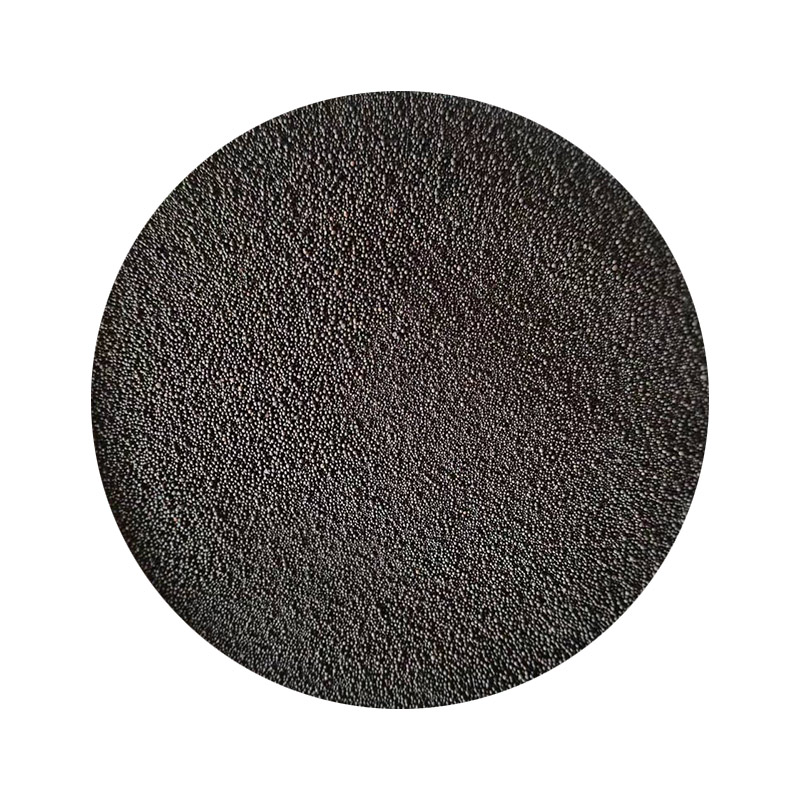Sand Casting of Stainless Steel
Sand casting is one of the oldest and most widely used metal fabrication processes, particularly for manufacturing large and complex parts in various industries, including aerospace, automotive, and marine. Among the metals utilized in sand casting, stainless steel has gained significant popularity due to its excellent mechanical properties and corrosion resistance. This article explores the process of sand casting stainless steel, its benefits, challenges, and applications.
The Sand Casting Process
The sand casting process begins with the creation of a mold made from a mixture of sand, clay, and water. The binder, usually clay, helps the sand grains stick together, forming a stable mold. The production process involves several steps
1. Pattern Creation A pattern, typically made from wood, metal, or plastic, is designed to be a replica of the final product. This pattern is crucial as it determines the shape and size of the mold cavity.
2. Mold Preparation The sand mixture is packed around the pattern, forming a mold. The pattern is removed, leaving a cavity that will shape the molten stainless steel.
3. Melting Stainless steel is melted in a furnace, achieving temperatures around 1400 to 1600 degrees Celsius (2550 to 2910 degrees Fahrenheit). The choice of alloying elements varies depending on the required properties of the final product.
4. Casting The molten stainless steel is poured into the prepared mold cavity. The material fills the space and takes on the shape of the mold.
5. Cooling and Solidification Once poured, the stainless steel cools and solidifies. This process can take several hours, depending on the thickness of the casting.
6. Mold Removal and Finishing After cooling, the sand mold is broken away to reveal the cast part. Additional finishing processes like machining, polishing, and heat treatment may be applied to achieve specific dimensions and surface finishes.
sand casting stainless steel

Advantages of Sand Casting Stainless Steel
One of the primary advantages of sand casting stainless steel is its ability to produce intricate shapes with excellent surface finish characteristics. Unlike other casting methods, sand casting allows for a high level of design flexibility. Additionally, stainless steel's inherent properties, such as high tensile strength, corrosion resistance, and durability, make sand-cast components suitable for high-temperature and high-stress environments.
Furthermore, sand casting is cost-effective for low to medium production volumes. The materials used in sand molds are generally inexpensive, and the process can be adapted for various stainless steel alloys, making it a versatile option for manufacturers.
Challenges in Sand Casting Stainless Steel
Despite its advantages, sand casting stainless steel does face challenges. One of the most significant is the need for precise control over the cooling rate during solidification. Uneven cooling can lead to defects, such as shrinkage cavities or warping. Moreover, achieving a consistent and defect-free surface finish requires careful mold design and preparation.
Another challenge is the need for specialized knowledge and skills in handling stainless steel, which has different melting and solidification characteristics compared to other metals.
Applications of Sand-Cast Stainless Steel
Sand-cast stainless steel components find applications in various industries, including
- Aerospace Components that need high strength and corrosion resistance, such as engine parts and airframe components. - Marine Parts exposed to harsh saltwater conditions, such as pumps, valves, and fittings. - Automotive Structural components, exhaust systems, and custom parts that require durability and corrosion resistance.
In conclusion, sand casting stainless steel is a vital manufacturing process that combines the versatility of sand casting with the advantageous properties of stainless steel. As technology advances, the techniques and equipment used in sand casting are continuously improved, leading to better quality, efficiency, and environmental sustainability in stainless steel production.
Post time:ກ.ຍ. . 22, 2024 19:46
Next:steel sand casting foundry
